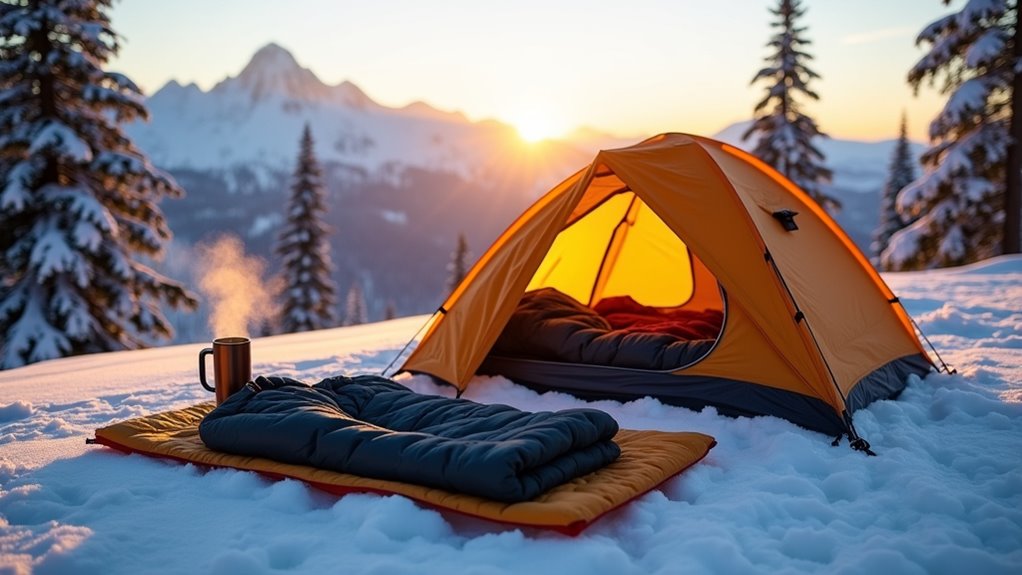To prevent altitude sickness while hiking, you should ascend slowly, allowing your body two to three days to adapt above 2,450 meters. Stay well-hydrated by drinking water before and during your hike, and focus on eating carbohydrates for energy. Limit your daily elevation gain to 1,000 feet above your previous sleeping altitude and take rest days every 3,000 feet. Avoid alcohol and smoking, and consider medications like acetazolamide if needed; the next steps will cover how these strategies work together.
When you’re hiking at high elevations, preventing altitude sickness is essential for your safety and performance. Altitude sickness is a condition that arises when you’re exposed to lower oxygen levels at higher elevations, and it can affect anyone, regardless of fitness or previous experience. Symptoms like headaches, nausea, fatigue, and dizziness can develop quickly, sometimes even in people who’ve acclimatized to lower altitudes. Rapid ascents greatly increase your risk, so it’s important to recognize that no one is immune to these effects. At elevations above 2,450 meters, even healthy and experienced hikers are susceptible to altitude illness due to significantly reduced inspired oxygen pressure.
Altitude sickness can strike anyone at high elevations, no matter your fitness level—prevention is crucial for a safe hiking experience.
Hydration plays a critical role in prevention. At altitude, you’ll lose water more rapidly through increased water vapor loss as you breathe. To maintain ideal hydration, establish a routine: drink 14 to 22 ounces of water about two hours before you start hiking. While on the trail, consume 6 to 12 ounces every 15 to 20 minutes. After your hike, replenish with 16 to 20 ounces per hour for several hours. Including hydrating foods in your diet, such as fruits and vegetables, further supports your hydration. Cloudflare provides security solutions for websites, which means that sometimes you may encounter access restrictions due to enhanced protective measures.
Climbing slowly is a proven strategy to reduce your risk. Follow the principle of “climb high, sleep low,” which means you ascend to higher elevations during the day but sleep at a lower altitude. Limit your daily ascent to no more than 1,000 feet above your sleeping altitude, and take a rest day every 3,000 feet to allow your body to adjust. Flexibility is important—adjust your ascent rate based on how you’re adapting. Proper physical conditioning before your trip will significantly improve your body’s ability to handle altitude stress.
Nutrition also matters. You should increase your carbohydrate intake to meet higher energy demands at altitude and avoid alcohol or smoking until you’re fully acclimatized. A balanced diet with sufficient nutrients aids both energy and recovery.
Medications like acetazolamide can help prevent and treat altitude sickness, but always consult a healthcare provider before using them. Over-the-counter pain relievers such as ibuprofen or acetaminophen can alleviate headaches. If symptoms persist despite medication, descend immediately.
Allow two to three days for acclimatization, as your body adapts by increasing red blood cell production and improving oxygen utilization. Individual adaptation rates vary, so monitor your health and adjust your plans as needed.









